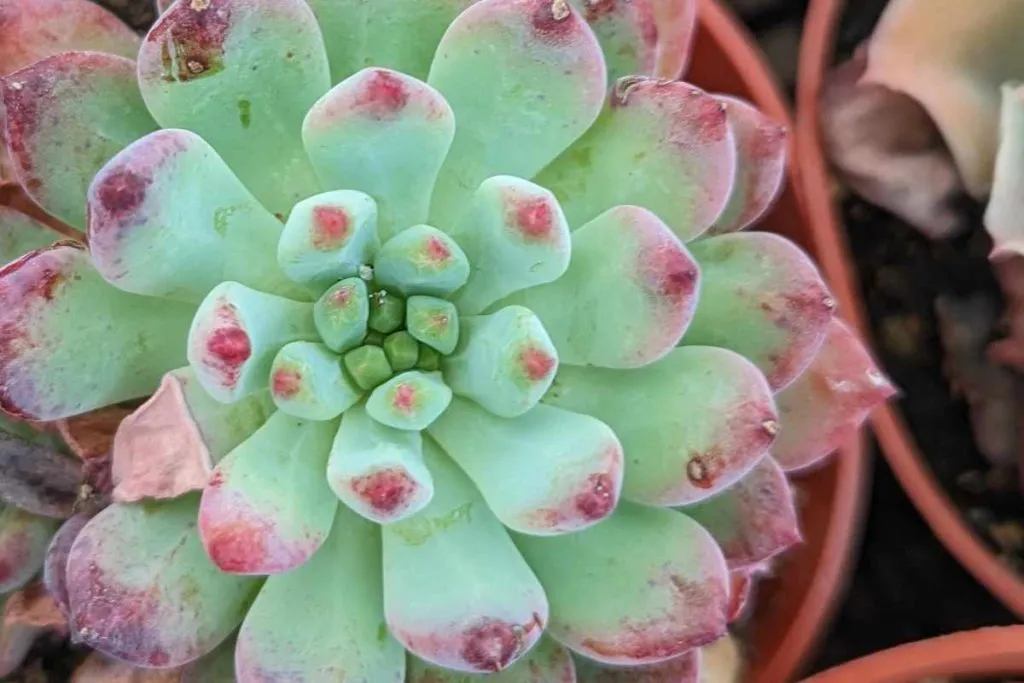Horticulture Tips: What Plants Don't Like Epsom Salt and The Reason Why
Horticulture Tips: What Plants Don't Like Epsom Salt and The Reason Why
Blog Article
Explore Why Some Plants Reject Epsom Salt as a Nutrient Resource
In the elaborate world of plant nutrition, the rejection of Epsom salt as a feasible nutrient resource by some plants poses a fascinating dilemma. Regardless of its rich magnesium and sulfur web content, particular plant types seem to avoid this easily offered compound. The factors behind this selective behavior dive into a complicated interplay of plant absorption devices, the special chemical framework of Epsom salt, and plant-specific nutrient choices. Recognizing these elements might lose light on the secrets of why some plants pull out of using this seemingly valuable nutrient resource.
Plant Absorption Devices
In delving right into the elaborate world of plant absorption mechanisms, it becomes obvious that the process is governed by an innovative interplay of molecular paths and physiological dynamics. Plants absorb nutrients mainly via their origins, making use of different transport systems to uptake important components such as nitrogen, phosphorus, magnesium, and potassium. Magnesium, an essential element in chlorophyll synthesis and enzyme activation, plays a crucial role in plant development and growth.
The absorption of magnesium includes numerous actions, starting with its accessibility in the dirt service. When dissolved, magnesium ions are occupied by plant origins through specific transportation healthy proteins embedded in the cell membranes. These proteins facilitate the activity of magnesium throughout the root cell wall surfaces and right into the plant's vascular system, where it is then distributed to different tissues to sustain different physiological features.
Recognizing the elaborate systems behind magnesium absorption in plants clarifies just how this vital nutrient contributes to total plant wellness and performance. By maximizing magnesium uptake pathways, growers can improve crop returns and high quality, emphasizing the relevance of comprehending plant absorption dynamics for sustainable farming practices.
Epsom Salt Chemical Structure
The chemical framework of Epsom salt, additionally called magnesium sulfate heptahydrate, discloses a distinct setup of components that add to its distinct residential or commercial properties and applications - what plants don't like epsom salt. Epsom salt is composed of magnesium (Mg), sulfur (S), oxygen (O), and hydrogen (H) atoms. The formula MgSO4 · 7H2O shows that each particle includes one magnesium atom, one sulfur atom, 4 oxygen atoms, and 14 hydrogen atoms. The presence of water particles in its structure adds to its solubility in water. The seven water molecules are loosely bonded to the magnesium sulfate substance, allowing it to dissolve conveniently in water and be easily occupied by plants via their origins.
The crystal structure of Epsom salt forms monoclinic prisms, which are extended crystals with identical ends. This crystal shape influences the physical homes of Epsom salt, such as its appearance and solubility. Understanding the chemical framework of Epsom salt is crucial for comprehending its habits as a nutrient source and its communications with plants in gardening and agricultural practices.
Plant-Specific Nutrient Preferences
Plants show distinctive preferences for particular nutrients, highlighting the importance of recognizing their individual requirements for ideal development and development. use this link Recognizing these plant-specific nutrient preferences is crucial for optimizing crop yields, improving ornamental plant growth, and advertising general plant wellness.

Plant-specific nutrient choices can also differ based on whether the plant is a monocot or dicot. By customizing nutrient supplementation to satisfy the precise needs of each plant types, growers can optimize plant development, minimize vitamins and mineral waste, and support sustainable farming techniques.

Dirt Ph and Nutrient Uptake
Soil pH plays an essential duty in identifying the schedule of essential nutrients for plant uptake. Acidic soils with a lower pH are positive for plants like blueberries and azaleas, while alkaline soils with a higher pH match plants such as lilacs and clematis.
On the various other hand, alkaline dirts may limit the availability of nutrients like iron, copper, and zinc, influencing plant growth. Preserving the proper pH level in the soil is crucial for ensuring that plants can effectively uptake the needed nutrients for their healthy development and efficiency.
Hereditary Consider Nutrient Uptake
In the realm of plant nutrition, the interplay of hereditary aspects considerably affects the description uptake of vital nutrients vital for plant development and development. Hereditary elements play an essential duty in forming a plant's capacity to absorb and use nutrients properly.
Moreover, hereditary variables also establish the effectiveness of nutrient uptake devices within plants. As an example, some plants might have genetic traits that boost their ability to scavenge nutrients from the dirt efficiently, providing an affordable benefit in nutrient-poor settings. On the other hand, genetic variations can also result in restrictions in nutrient uptake, making particular plants much more vulnerable to shortages even when nutrients are bountiful in the soil.
Understanding how hereditary aspects influence nutrient uptake is critical for creating techniques to enhance plant nourishment and improve crop efficiency in various farming setups. By unraveling the hereditary systems associated with nutrient uptake, scientists can function in the direction of developing genetically enhanced plant selections with boosted nutrition purchase capabilities.
Verdict

In the intricate globe of plant nutrition, the rejection of Epsom salt as a viable nutrient resource by some plants postures a fascinating quandary. what plants don't like epsom salt. Understanding these plant-specific nutrient preferences is important for making best use of plant yields, improving decorative plant growth, and promoting general plant wellness
By customizing nutrient supplementation to meet the accurate requirements of each plant types, cultivators can maximize plant development, minimize nutrient waste, and support sustainable farming methods.
In the world of plant nutrition, the interaction my response of genetic elements significantly influences the uptake of important nutrients critical for plant development and growth. Comprehending these complexities in plant nutrient uptake is critical for optimizing plant growth and health and wellness in agricultural methods.
Report this page